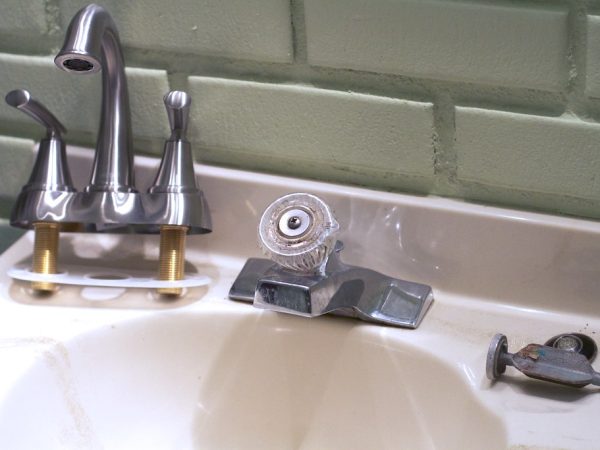In the intricate infrastructure of your home’s plumbing system, the main water shut-off valve plays a pivotal role. Often overlooked until a plumbing emergency strikes, this valve holds the power to control the flow of water throughout your house. In this blog, we’ll explore the functions of your central water command and provide you with essential insights on how to both use and maintain your main shut-off valve.
1. The Heart of Water Control
Think of your main shut-off valve as the heart of your home’s plumbing system. It’s the switch that regulates the flow of water from the mains to your faucets, toilets, and appliances. Understanding how to operate this valve gives you the ability to manage water supply during planned maintenance, repairs, or in the face of unexpected plumbing emergencies.
2. Emergency Preparedness
Plumbing emergencies can strike when you least expect them. A burst pipe, a malfunctioning appliance, or a stubborn leak can quickly escalate into a disaster if not managed promptly. Your main shut-off valve is your primary tool in such situations. By turning it off, you can stop water from flooding your home and causing extensive damage. Familiarize yourself with the location and operation of this valve to ensure you’re prepared for the unexpected.
3. Steps to Operate Your Main Shut-Off Valve
Operating your main shut-off valve might seem daunting, but it’s a straightforward process:
a. Locate the Valve: Usually, the valve is located where the main water line enters your home. Common areas include the basement, utility room, garage, or even outdoors near the foundation.
b. Turn Clockwise (Right): To shut off the water supply, turn the valve clockwise (to the right). Apply steady but gentle pressure until the valve is fully closed.
c. Turn Counterclockwise (Left): To reopen the water supply, turn the valve counterclockwise (to the left).
4. Regular Maintenance Matters
Just like any other component in your home, your main shut-off valve requires occasional maintenance to ensure its functionality:
a. Exercise the Valve: Periodically turning the valve on and off can prevent it from becoming stuck due to sediment or mineral buildup.
b. Check for Leaks: Inspect the area around the valve for any signs of leakage. A leaky valve could indicate a need for replacement.
c. Keep it Accessible: Ensure that the valve is easily accessible and not obstructed by clutter or debris.
5. Seek Professional Assistance
While simple maintenance tasks can be performed by homeowners, more complex issues require professional attention. If you encounter problems like a stuck valve, significant leakage, or any uncertainty, it’s wise to consult a plumber. Their expertise can prevent further complications and ensure the proper functioning of your main shut-off valve.
